Gorgeous plants may look harmless, but some of them carry deadly poisons.
People have used these poisonous herbs for hundreds of years to take the lives of many people. From the death of Socrates to the accidental ingestion of plants by children, these plants are something you should stay away from.
From our history and with the help of science, we have learned details about these plants. In addition, people should become more aware of what they are planting in their gardens, or gathering while hiking. Furthermore, it is best to know how to keep the children and pets safe.
Here are 11 of the most dangerous yet gorgeous looking plants you should stay away from.
1. Wolf’s Bane
This plant grows around North America, Asia, and Europe. Its amazing blue, purple and yellow flowers give it a distinctive look that makes it a great decorative plant. However, during ancient times, people used wolf’s bane to poison their arrows.
Plus, even bees avoid them. The reason behind this is because of their high level of toxicity. As a result, they can cause, numbness, cardiac arrhythmia, darkened vision, or in severe cases, even death.
2. Hogweed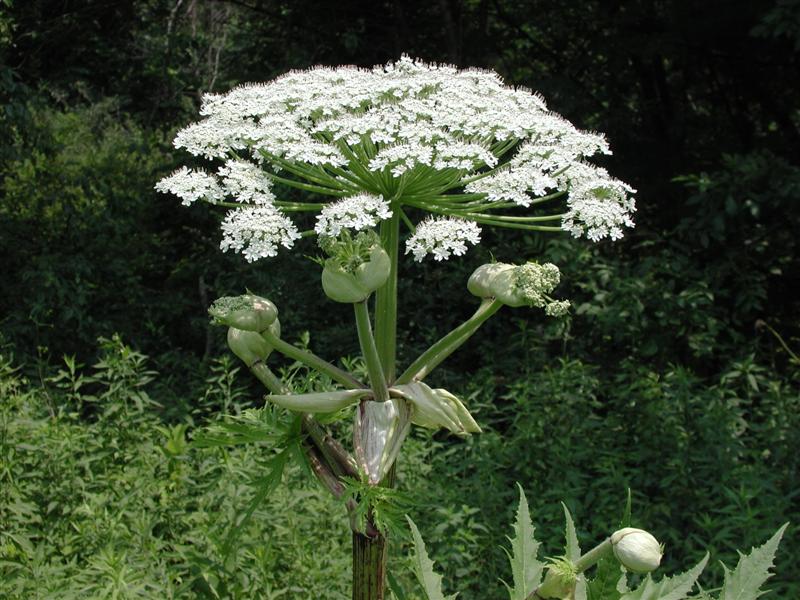
This plant grows around the regions of Eurasia, more precisely, in a temperate climate. The one that grows in the US is a giant looking plant that you should definitely be wary from. In addition, some of the plants might contain furanocoumarins, which can result in blistering.
So, if you get the sap of the plant on your hand, make sure to wash them and avoid direct sunlight, since it can activate the blistering.
3. Belladonna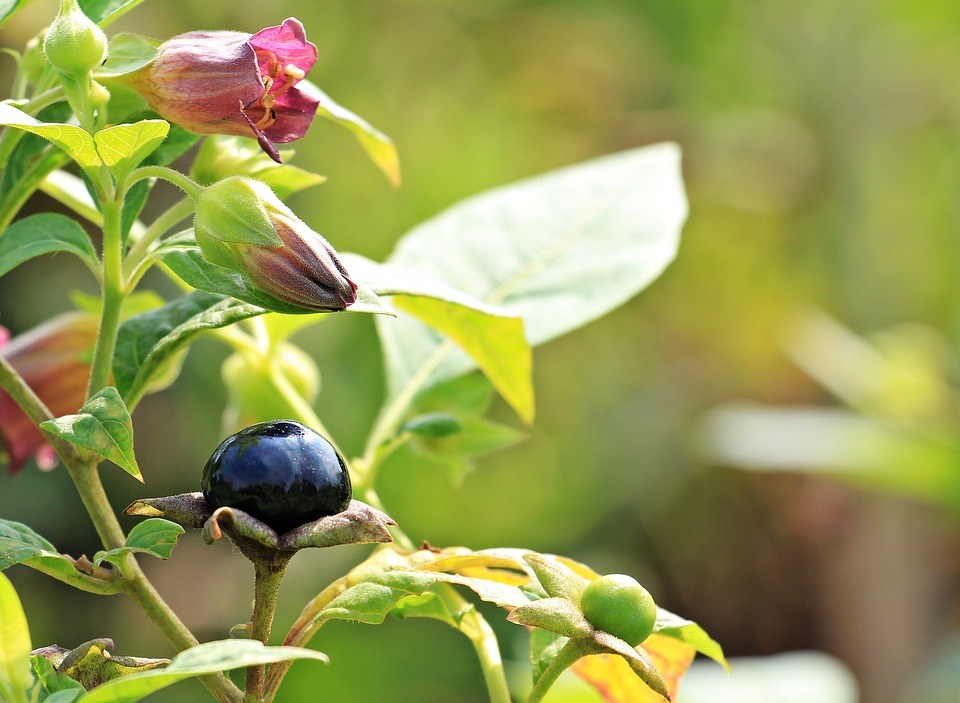
Belladonna is a well-known plant. It grows in Europe, Asia Minor, North America, North Africa, and South Russia. Its bush looks like wild berries, but these berries contain some poisons. Therefore, if you touch it, avoid touching your eyes afterward.
Surgeons use belladonna today for eye operations. But if you consume it, it can burn your mouth and make it dry. However, eating too many belladonna berries can cause severe cramps or death.
4. Castor Bean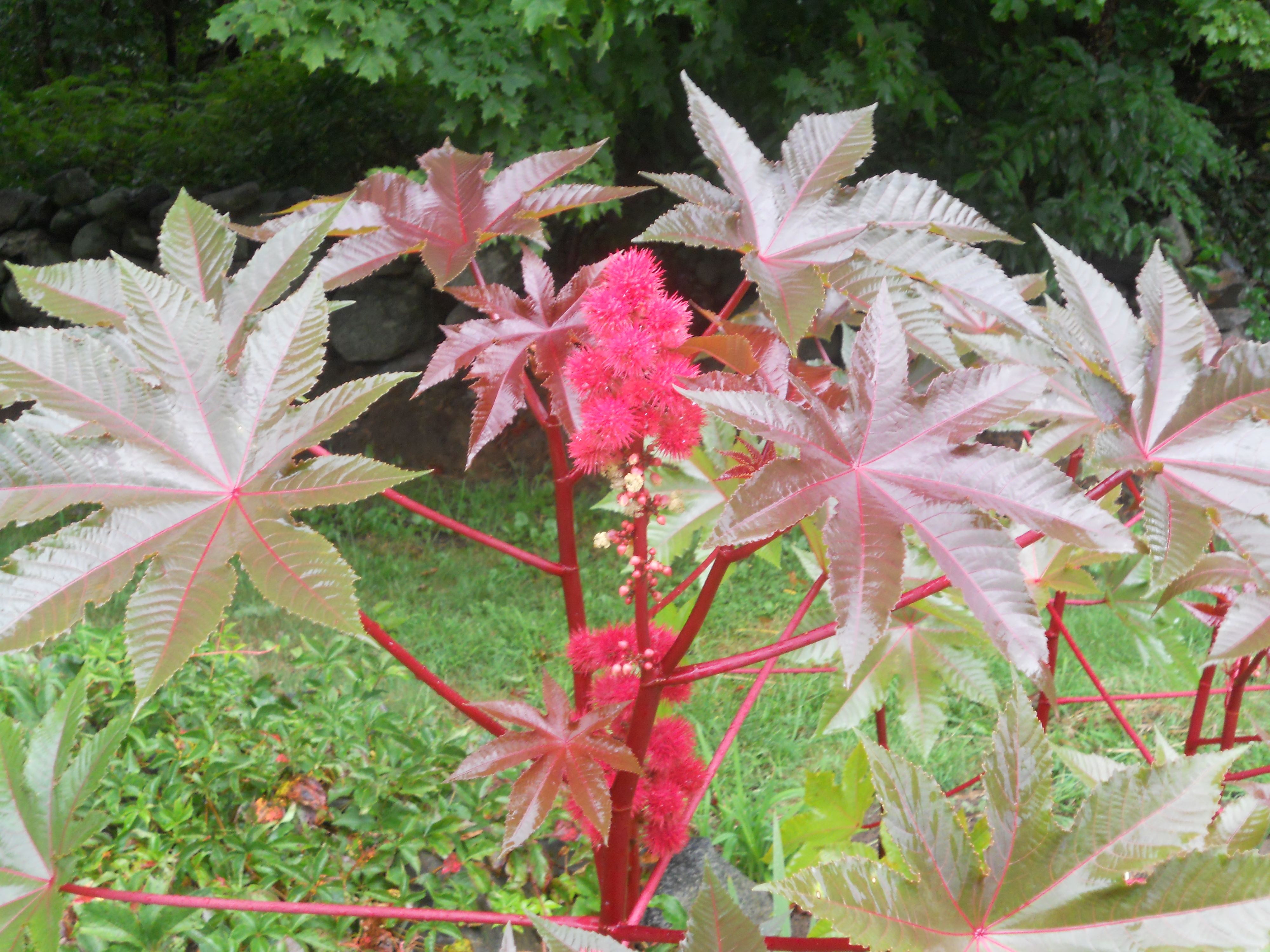
This plant grows in warm and temperate climates. Due to its unusual and beautiful appearance, it can be a great decoration item for your home. But, if you eat the leaves raw, they can poison you.
Castor Bean contains ricinine and ricin, which makes this plant one of the deadliest. Only by eating 4 to 7 leaves, it can lead to death, or even destroy some body tissues. So, be careful.
5. Jimsonweed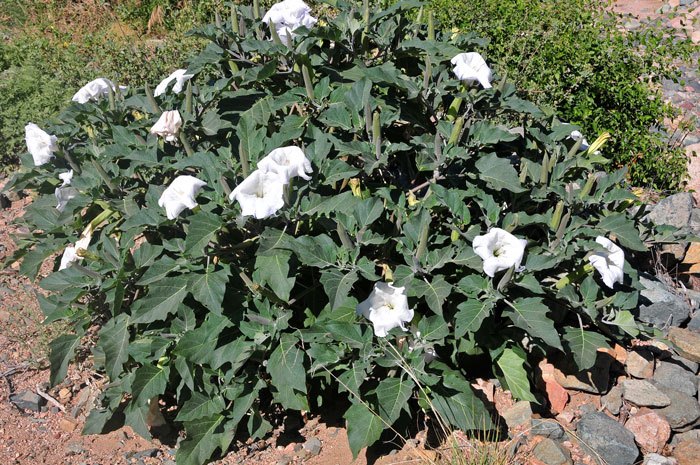
Jimsonweed grows in Europe, South Russia, Central and Northern America. When you look inside the plant, you can definitely see where the poison comes from. It looks dangerous. The white flowers even emit some terrible smell.
Moreover, due to the alkaloids it contains, it can cause disorientation, palpitations, delirium, coma, or in severe cases, death. Plus, shamans used this plant in their rituals, which proves how powerful it really is.
6. White Snakeroot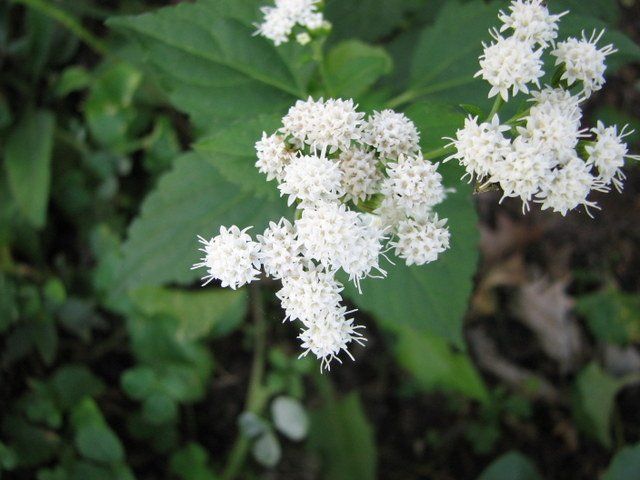
This plant was the cause of death for Abraham Lincoln’s mother. It grows in North America, and even if it looks harmless with those little white flowers, it can pack quite a punch. So, you should be careful not to let your livestock feed on this plant.
7. Wisteria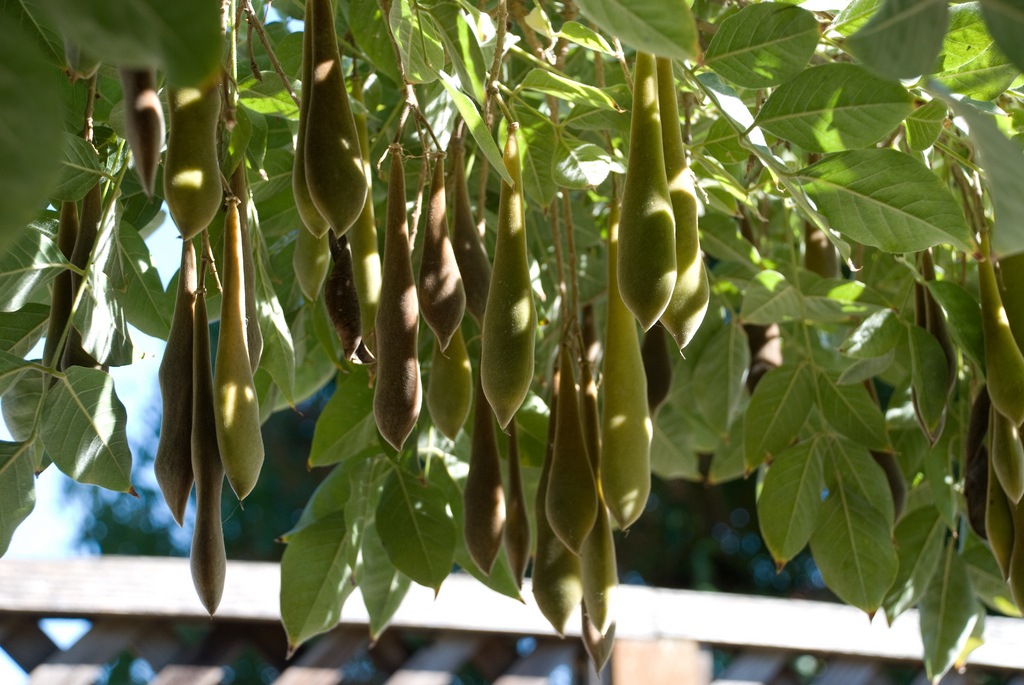
The seeds and pods of this plant can cause some mild or more serious digestive problems, depending on how much the person consumed. However, many children consider this plant safe, since it looks pretty, so they eat it.
Make sure to keep your child away from wisteria at all costs.
8. Nightshade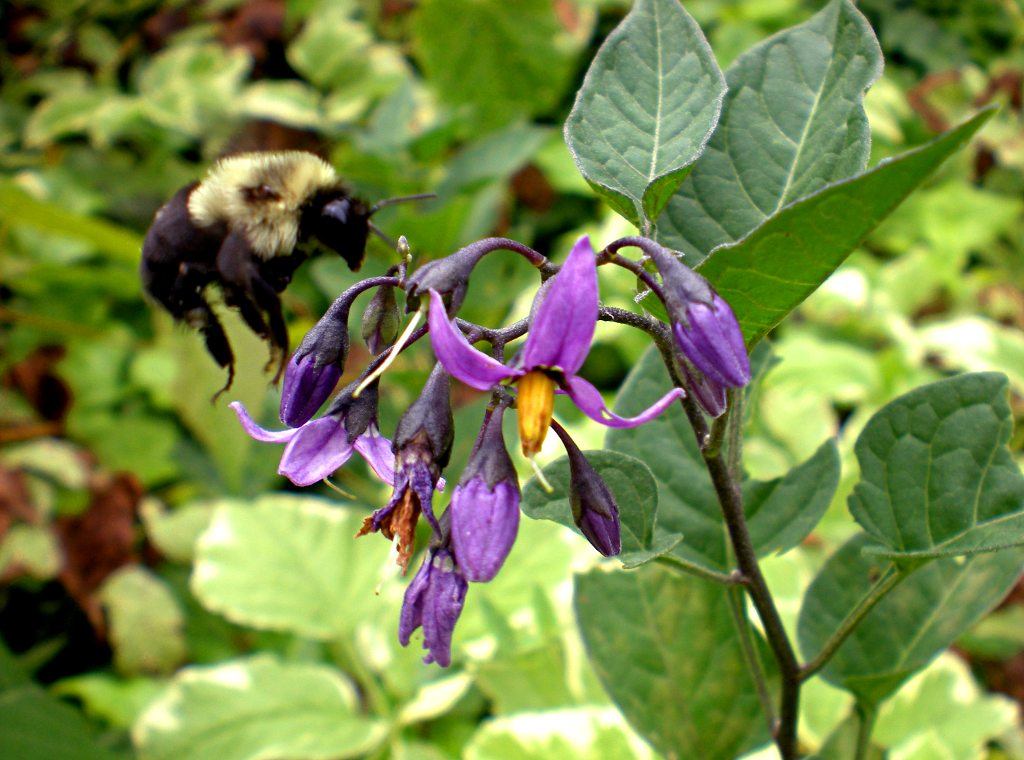
This plant is famous from many movies, and with good reason. Even its leaves and unripe berries are deadly. So, make sure to stay away from it if you want to protect yourself.
9. Foxglove
The colorful foxglove might seem pretty, with all the vivid colors, but don’t be fooled. Foxglove is a dangerous plant that if a child eats too much of it, it might cause heart failure. So, stay away from Foxglove if you have a little baby with you.
10. Rhubarb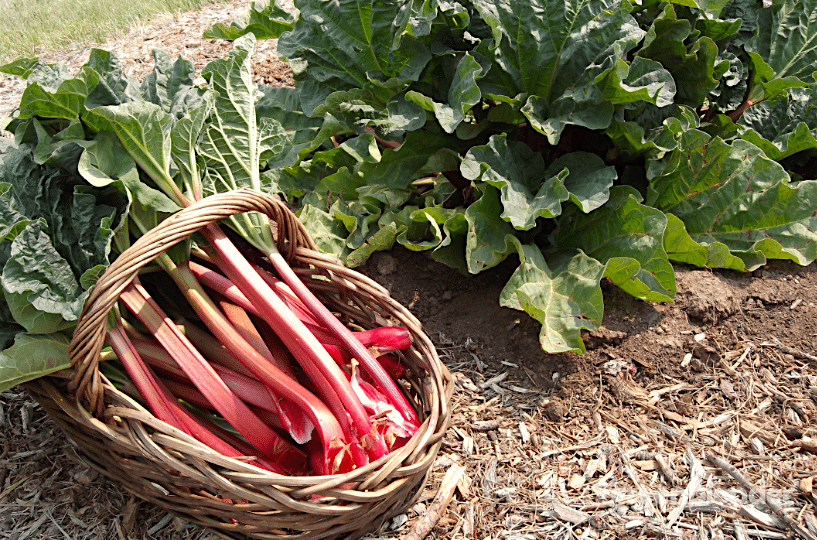
Avoid eating too many leaves from this plant, because it can affect your kidneys and even prove fatal.
11. Hydrangea
The blossoms of Hydrangea contain cyanide. Yes, that is right, the most dangerous toxic. However, it can prove deadly only if people and pets consume it in excessive amounts. Otherwise, there is no need to uproot this gorgeous plant.
Found this post helpful? Make sure to share it with friends and family and leave us a comment.
Source: Bright Side | Britannica | Texas A&M AgriLife Extension | Good House Keeping

